Unlock Savings The Power of Insurance Bundling
Navigating the world of insurance can sometimes feel overwhelming, with policies for your home, car, and life each demanding attention. However, there’s a powerful strategy that can simplify your coverage and potentially lead to significant savings: bundling. Bundling insurance policies means purchasing multiple types of coverage, such as home, auto, and life insurance, from a single provider. This approach often unlocks exclusive discounts that wouldn’t be available if you bought each policy separately. It’s a key method for finding personalized home auto life insurance that not only meets your needs but also fits your budget. Understanding how these bundles work is the first step toward optimizing your insurance portfolio.
Beyond financial benefits, bundling offers convenience. Imagine having one point of contact for inquiries, claims, and policy adjustments across your most crucial insurance types. This streamlined management can save you time and reduce administrative hassle, making your insurance experience smoother and more efficient. For more insights into optimizing your insurance choices, you might find value in exploring why bundling insurance is often a smart financial move.
Why Personalized Coverage Matters for Your Home and Auto
Every individual and family has unique circumstances, assets, and risks. This means that a one-size-fits-all insurance policy simply won’t provide the optimal protection you need. Personalized coverage for your home and auto is paramount because it ensures that your specific vulnerabilities are addressed, and you’re not paying for coverage you don’t need or, more critically, lacking coverage you desperately do. For instance, homeowners in coastal areas might require specific flood or windstorm coverage, which isn’t standard in every policy. Similarly, a daily commuter will have different auto insurance needs than someone who only drives occasionally.
Understanding the nuances of your home and auto insurance is essential. Homeowners insurance typically covers damage to your dwelling and personal belongings from perils like fire, theft, and certain natural disasters, along with liability coverage if someone is injured on your property. Auto insurance provides protection against financial loss in case of an accident, covering property damage, bodily injury liability, and often offers options like collision and comprehensive coverage. Tailoring these policies means evaluating factors like your home’s value, its location, your vehicle’s make and model, your driving habits, and the assets you want to protect. This customized approach ensures that your coverage truly reflects your lifestyle and risks, providing real peace of mind.
Key Factors in Finding Personalized Home Auto Life Insurance
When seeking personalized home, auto, and life insurance, several critical factors come into play. These elements influence both the type of coverage you need and the premiums you’ll pay.
- Demographics and Lifestyle: Your age, marital status, number of dependents, and even your occupation can impact insurance rates and the most suitable policy types. For life insurance, factors like health history and habits are crucial.
- Asset Value and Risk Exposure: The value of your home and its contents, the type of vehicle you drive, and any unique possessions (like collectibles) will dictate the coverage limits required. Your geographic location also plays a significant role, especially for home insurance (e.g., proximity to natural disaster zones, crime rates). For auto, your driving record is a primary factor.
- Financial Goals and Future Planning: Life insurance, in particular, is deeply tied to your financial planning. Whether you need term life for a specific period (e.g., until your mortgage is paid off or children are grown) or whole life for lifelong coverage and cash value accumulation depends on your long-term financial security goals.
- Deductibles and Coverage Limits: Higher deductibles typically lead to lower premiums, but mean more out-of-pocket expenses if you file a claim. Conversely, higher coverage limits offer greater protection but come with higher costs. Balancing these to align with your financial comfort level is key.
- Available Discounts: Many insurers offer a range of discounts beyond bundling, such as discounts for home security systems, safe driving programs, good student discounts, and more. Actively inquiring about these can lead to further savings. For practical advice on reducing your costs, consider our article on Essential Tips: How to Lower Your Auto Insurance in 2025.
An insurance professional can help you evaluate these factors to create a truly personalized insurance portfolio.
Leading Insurers for Comprehensive Multi-Policy Options
Many reputable insurance companies in the U.S. excel at providing comprehensive multi-policy options, making them strong contenders when you are finding personalized home auto life insurance. While the best choice often depends on individual circumstances, several providers consistently offer competitive rates and a wide range of bundling discounts:
- State Farm: Known for its extensive agent network and strong customer satisfaction, State Farm often provides attractive bundling discounts for home and auto policies. They also offer life insurance options.
- GEICO: Recognized for its affordability, GEICO is a popular choice for auto insurance and offers the ability to bundle with homeowners insurance (often underwritten by third parties) for potential savings.
- Amica Mutual Insurance: Amica is frequently praised for its high customer service ratings and flexible bundling options, including home, auto, and life insurance, often with significant multi-policy discounts.
- Nationwide: With broad availability across the U.S., Nationwide provides various personal insurance products, making it a viable option for those looking to bundle home, auto, and life policies.
- Farmers Insurance: Farmers offers a wide array of coverage options and numerous discounts, including attractive incentives for bundling multiple policies.
When considering these insurers, it’s always recommended to get personalized quotes and discuss your specific needs. What might be the best fit for one person may not be for another, so comparing offerings based on your unique profile is crucial. It’s important to remember that companies often update their offerings and discounts, so always verify the latest information.
A Step-by-Step Guide to Bundling Your Insurance Policies
Bundling your insurance policies is a straightforward process that can lead to significant savings and simplified management. Here’s a step-by-step guide to help you get started:
- Assess Your Current Coverage: Before making any changes, gather details about your existing home, auto, and life insurance policies. Note your current coverage limits, deductibles, premiums, and renewal dates. This will give you a baseline for comparison.
- Determine Your Needs: Re-evaluate your current insurance requirements. Has anything in your life changed (new home, new car, marriage, children, career changes)? Consider if you need to adjust coverage limits, add specific endorsements (e.g., flood insurance for your home), or explore different types of life insurance.
- Research Insurers: Look for insurance companies that offer all three types of coverage (home, auto, and life) and explicitly advertise bundling discounts. Many major insurers provide multi-policy savings.
- Request Bundled Quotes: Contact several insurers and request quotes for a bundled package including your home, auto, and life insurance. Be specific about the coverage levels and deductibles you desire to ensure accurate comparisons. Don’t forget to ask about all available discounts.
- Compare Offers: Don’t just look at the bottom line. Compare the total cost of the bundled policies, the extent of coverage for each, customer service ratings, and the claims process. Sometimes a slightly higher premium with a better-rated company can be a worthwhile investment. An article from Experian highlights that bundling can save you money and simplify policy management.
- Review Policy Details: Once you’ve chosen a provider, carefully review the terms and conditions of each policy within the bundle before finalizing. Ensure you understand all inclusions, exclusions, and payment schedules.
- Transition Your Policies: Coordinate with your new insurer to ensure a seamless transition. Make sure your new policies are active before canceling any existing ones to avoid a lapse in coverage. If you have a mortgage, notify your lender about your new homeowners insurance policy.
By following these steps, you can confidently navigate the process of bundling your insurance and unlock considerable benefits.
Pros, Cons, and Maximizing Your Bundling Benefits
Bundling insurance policies offers several advantages, but it’s also important to be aware of potential drawbacks. Understanding both sides will help you maximize your benefits when finding personalized home auto life insurance.
Pros of Bundling Insurance:
- Cost Savings: The most significant advantage is often the discount. Many insurers offer 10% to 25% or more off your total premiums when you bundle multiple policies.
- Convenience: Managing multiple policies with one provider simplifies your life. You’ll have a single bill, one point of contact for customer service, and potentially a unified online portal or app to manage all your coverage.
- Simplified Claims Process: In some cases, if an event affects both your home and auto (e.g., a tree falls on your car in your driveway), having the same insurer can streamline the claims process, as you’re dealing with one company for both aspects of the claim.
- Potential for Better Customer Service: Being a multi-policy holder can sometimes lead to a stronger relationship with your insurer, potentially resulting in more attentive service or more favorable consideration during claims.
Cons of Bundling Insurance:
- Less Flexibility in Shopping Around: While bundling saves money, it might make you less likely to shop for individual policies each year. This could mean missing out on a better deal from a different provider for one specific type of insurance.
- Not Always the Cheapest Option: Despite discounts, it’s possible that two or three separate policies from different insurers could collectively be cheaper than a bundled package from one company. This is why comparing quotes is crucial.
- Limited Coverage Options: Some insurers might excel in one area (e.g., auto insurance) but have more limited or less competitive options for another (e.g., life insurance). Bundling might force you to accept less ideal coverage for one policy type to get the discount on others.
Maximizing Your Bundling Benefits:
- Get Multiple Quotes: Always compare bundled quotes from several different insurance companies. Don’t assume the first offer is the best.
- Review Coverage Annually: Your insurance needs change over time. Review your policies at least once a year to ensure your coverage still aligns with your assets and risks.
- Inquire About All Discounts: Beyond the bundling discount, ask about every other discount you might qualify for, such as safe driver discounts, home security system discounts, or professional affiliation discounts.
- Understand Policy Details: Read the fine print of each policy within the bundle. Ensure you know what’s covered, what’s excluded, and your deductible amounts.
By carefully weighing these pros and cons and proactively seeking the best fit, you can make an informed decision and truly benefit from bundling your home, auto, and life insurance policies. To learn more about factors influencing insurance choices, our Key Findings: Home Auto Insurance Shopping and Switching Report offers additional context.
Have questions? Contact us here.






